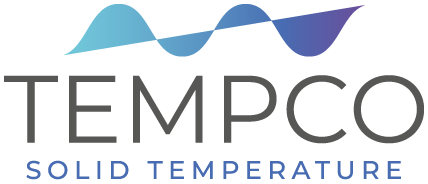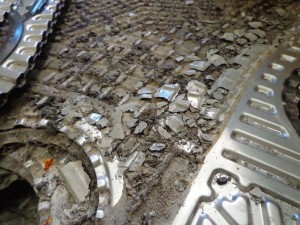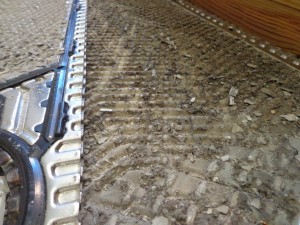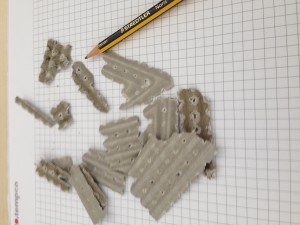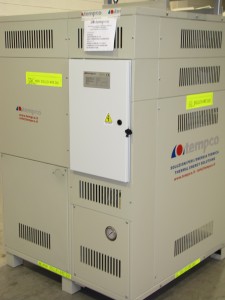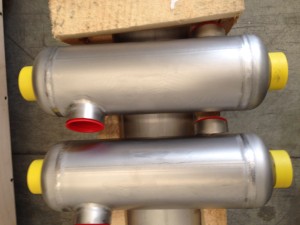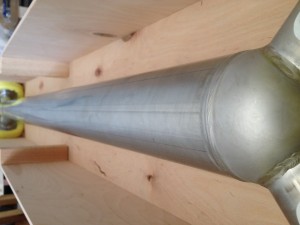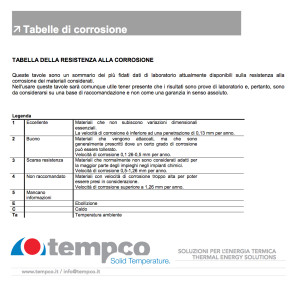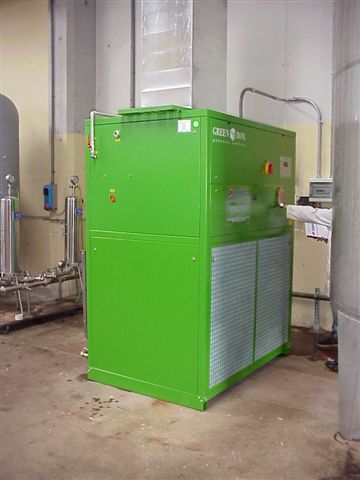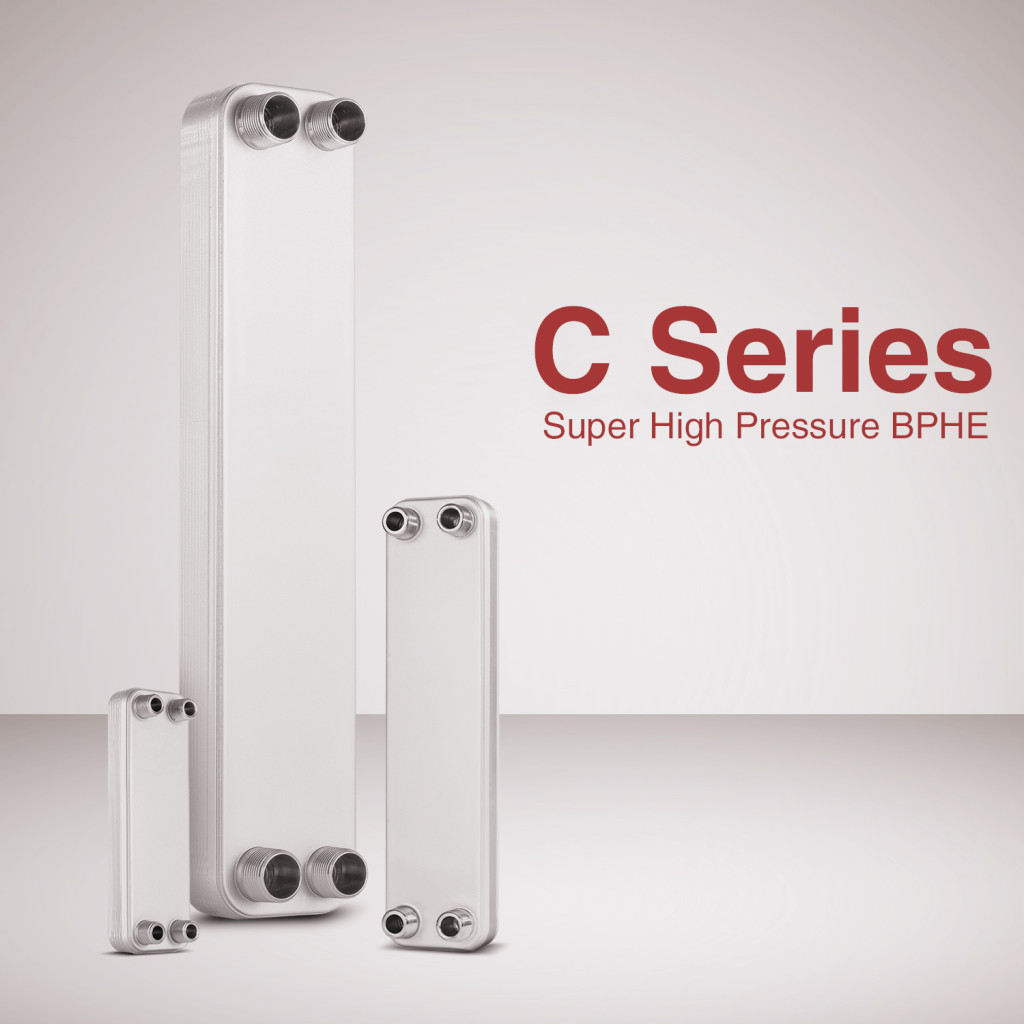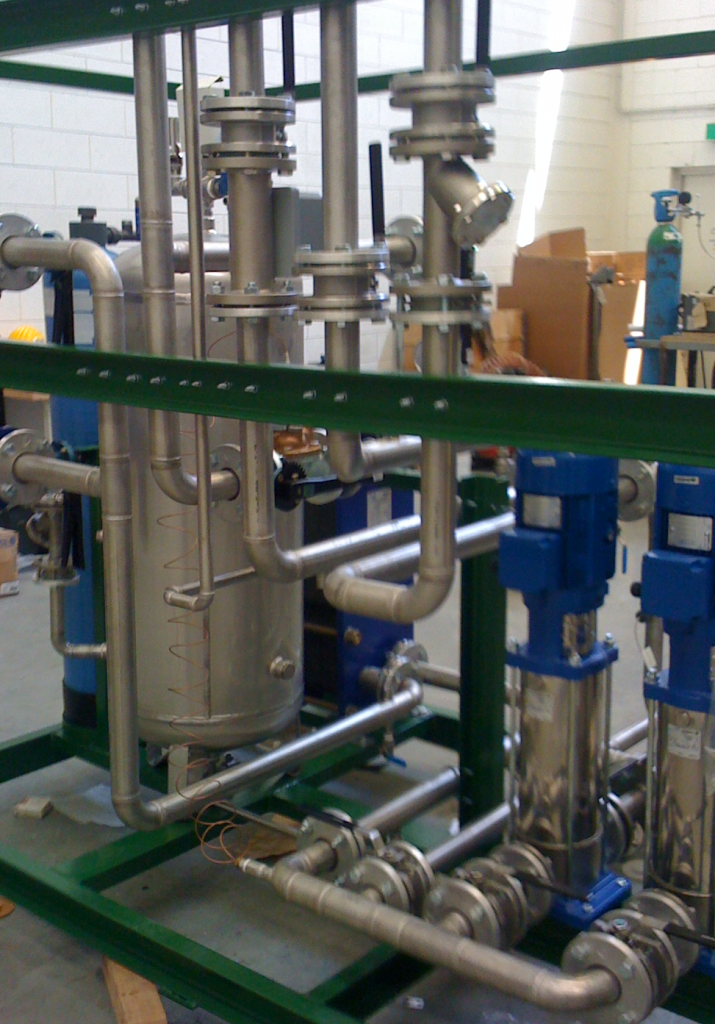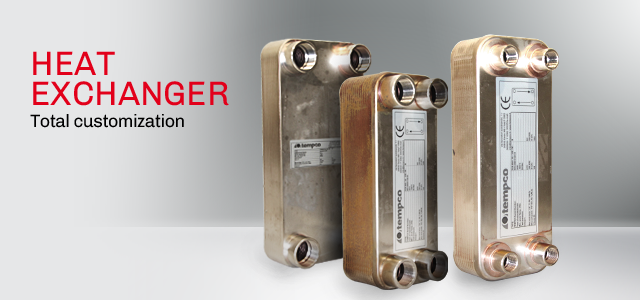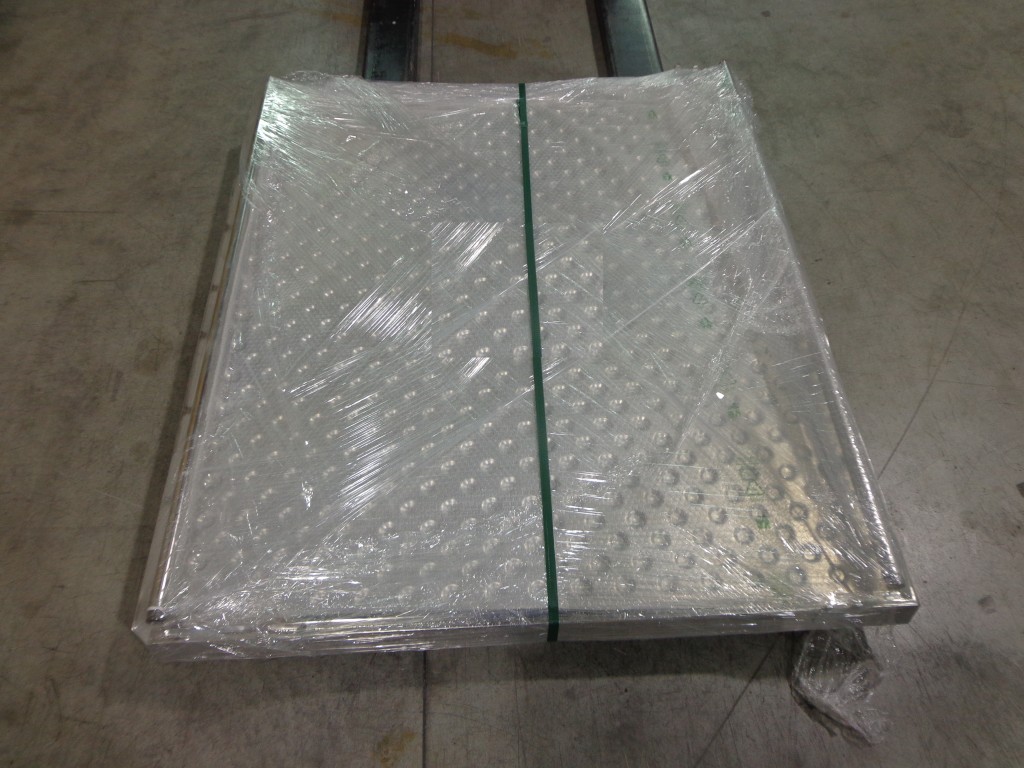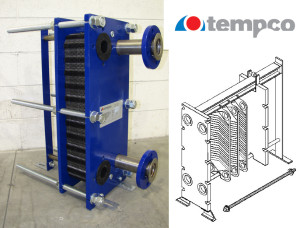I wrote many times about contamination of the plate heat exchanger in my articles, probably because I’m particularly sensitive to this issue.
We often talk about energy efficiency, strong heat exchange and then I find exchangers completely clogged plates.
What influences the thermal performance of heat exchangers? difficult if not impossible to re-create models of a situation that has many variables.
Certainly we can say that the performance of the system on which the exchangers are installed, is affected in a way that can not go unnoticed.
What to do to prevent this?
- insert two pressure gauges upstream and downstream of the exchanger and monitor the pressure drop
- insert two thermometers, upstream and downstream of the exchanger and track temperatures
- monitor your process …
few things, but important… especially the last one is an obvious signal.
Until a short time before all was well and at some point it all goes wrong, no one has tampered with or changed anything, something happened!!!
Doing the same things also means making the same mistakes, then change the way in which analyzed the data of your plant … or visit our service to have simple tips.
The complete regeneration of a plate heat exchanger has a cost that may appear important, how important is the amount of energy wasted induced by the same exchanger dirty and inefficient?
